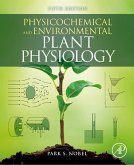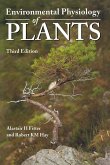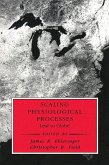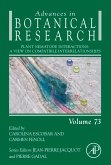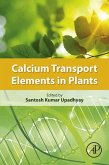Physicochemical and Environmental Plant Physiology, Fourth Edition, is the updated version of an established and successful reference for plant scientists. The author has taken into consideration extensive reviews performed by colleagues and students who have touted this book as the ultimate reference for research and learning.
The original structure and philosophy of the book continue in this new edition, providing a genuine synthesis of modern physicochemical and physiological thinking, while entirely updating the detailed content. This version contains more than 40% new coverage; five brand new equations and four new tables, with updates to 24 equations and six tables; and 30 new figures have been added with more than three-quarters of figures and legends improved. Key concepts in plant physiology are developed with the use of chemistry, physics, and mathematics fundamentals.
The book is organized so that a student has easy access to locate any biophysical phenomenon in which he or she is interested.
The original structure and philosophy of the book continue in this new edition, providing a genuine synthesis of modern physicochemical and physiological thinking, while entirely updating the detailed content. This version contains more than 40% new coverage; five brand new equations and four new tables, with updates to 24 equations and six tables; and 30 new figures have been added with more than three-quarters of figures and legends improved. Key concepts in plant physiology are developed with the use of chemistry, physics, and mathematics fundamentals.
The book is organized so that a student has easy access to locate any biophysical phenomenon in which he or she is interested.
- More than 40% new coverage
- Incorporates student-recommended changes from the previous edition Five brand new equations and four new tables, with updates to 24 equations and six tables 30 new figures added with more than three-quarters of figures and legends improved Organized so that a student has easy access to locate any biophysical phenomenon in which he or she is interested Per-chapter key equation tables Problems with solutions presented in the back of the book Appendices with conversion factors, constants/coefficients, abbreviations and symbols
Dieser Download kann aus rechtlichen Gründen nur mit Rechnungsadresse in A, B, BG, CY, CZ, D, DK, EW, E, FIN, F, GR, HR, H, IRL, I, LT, L, LR, M, NL, PL, P, R, S, SLO, SK ausgeliefert werden.



